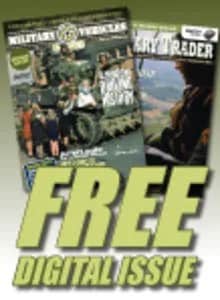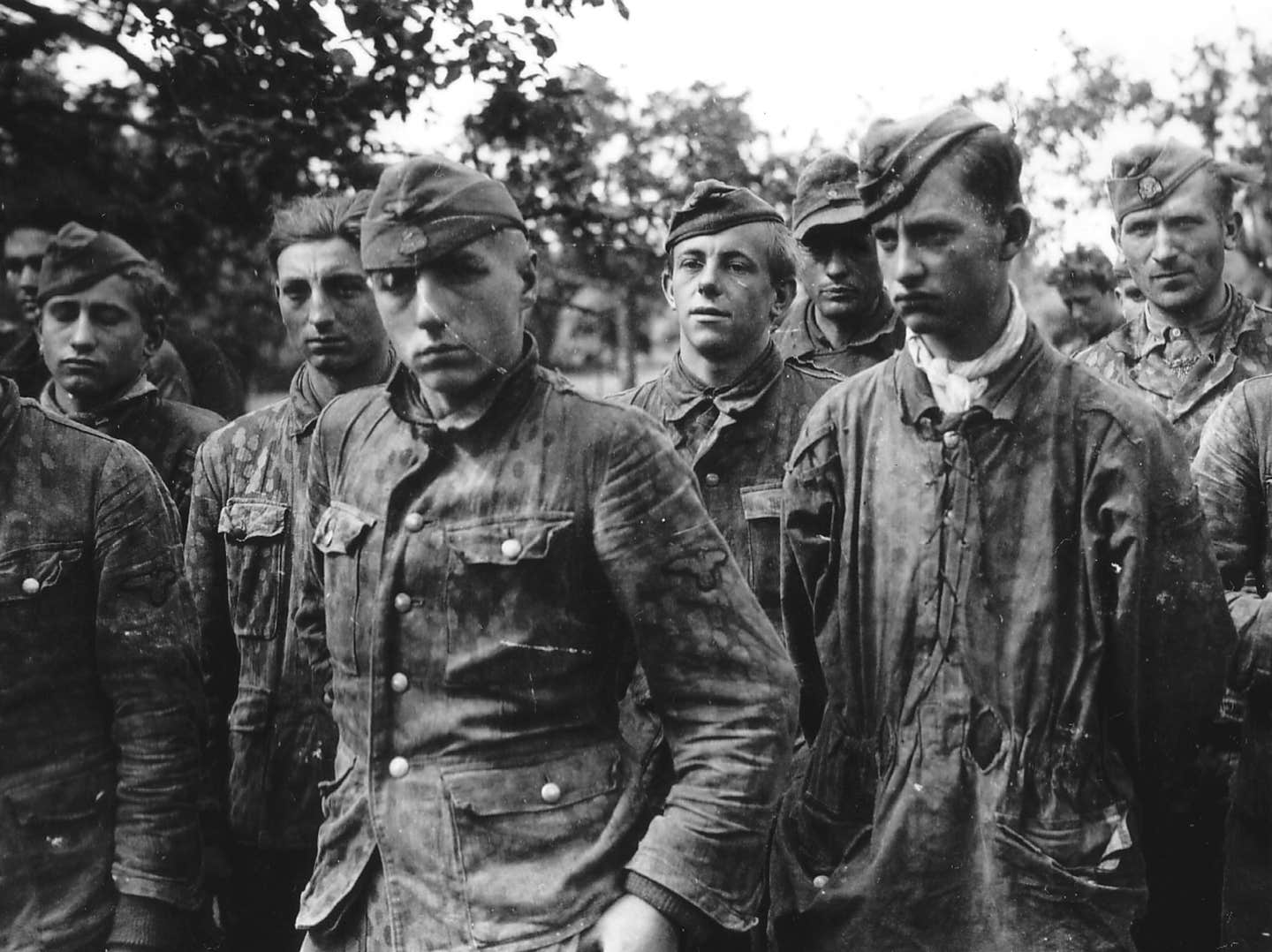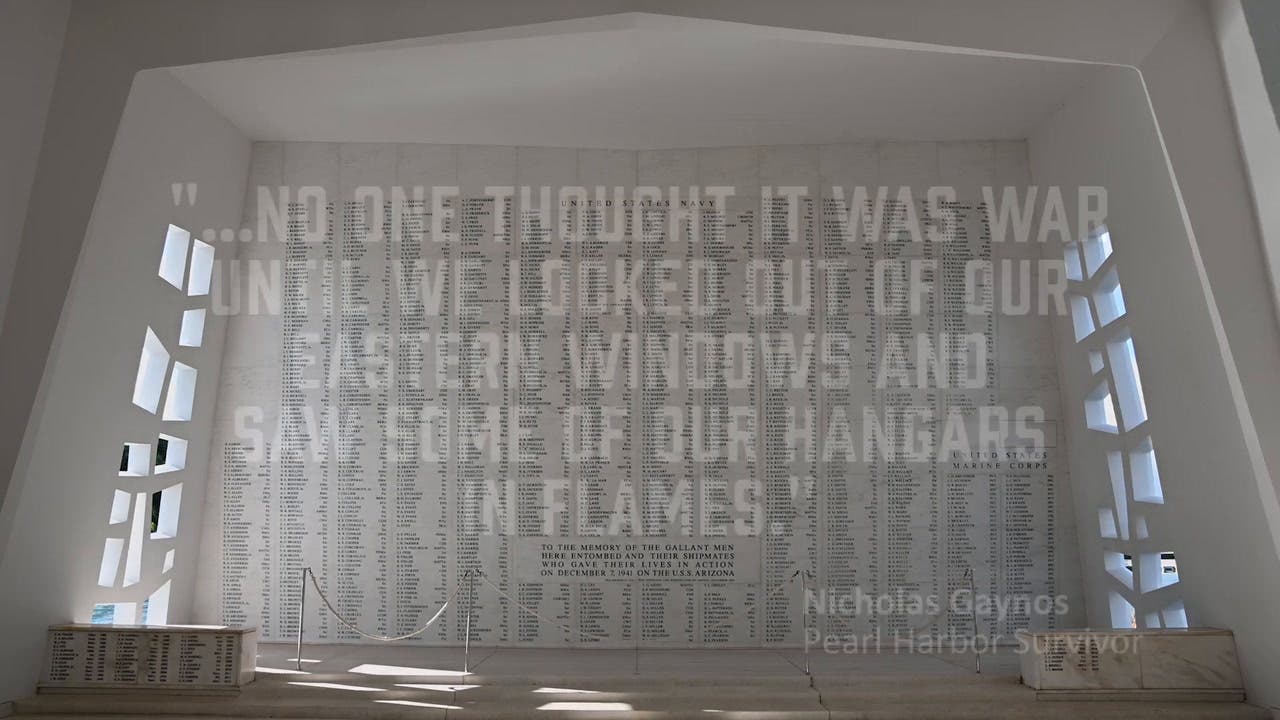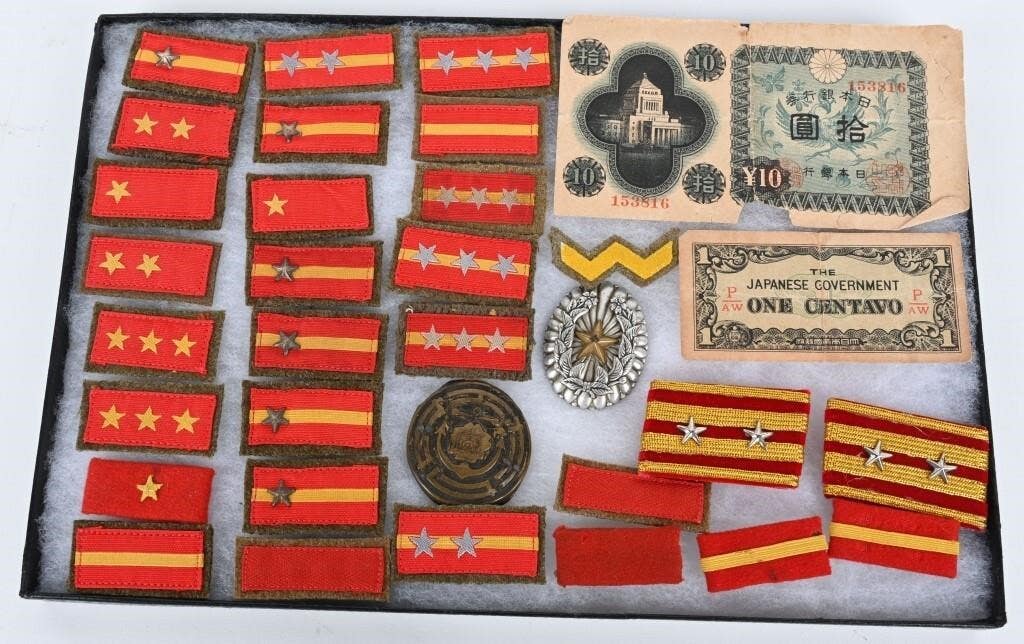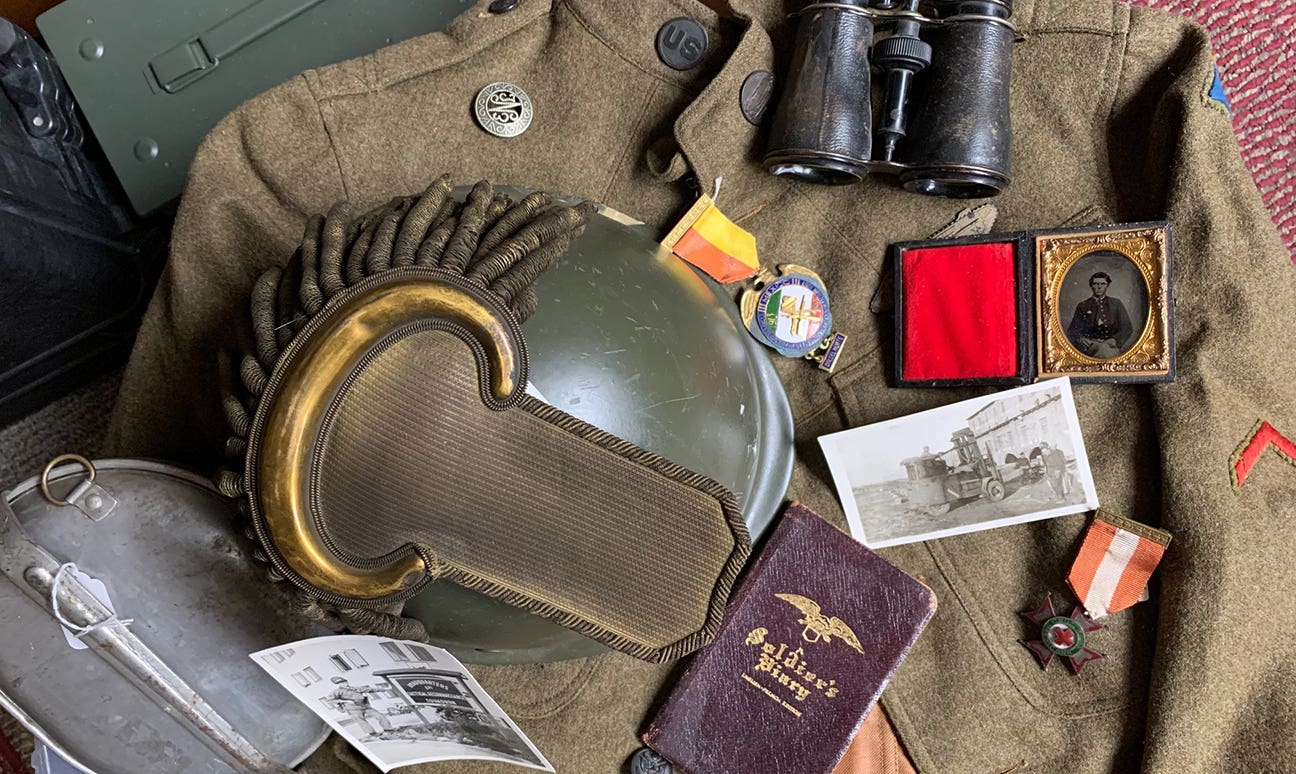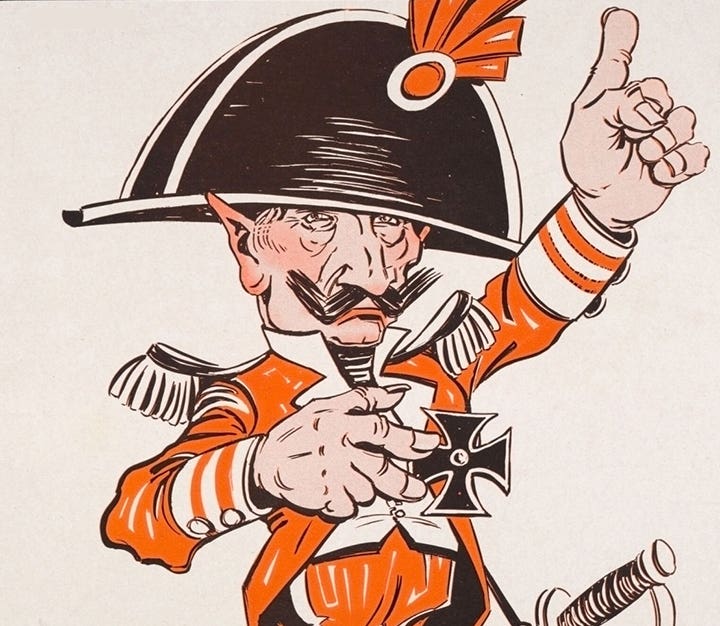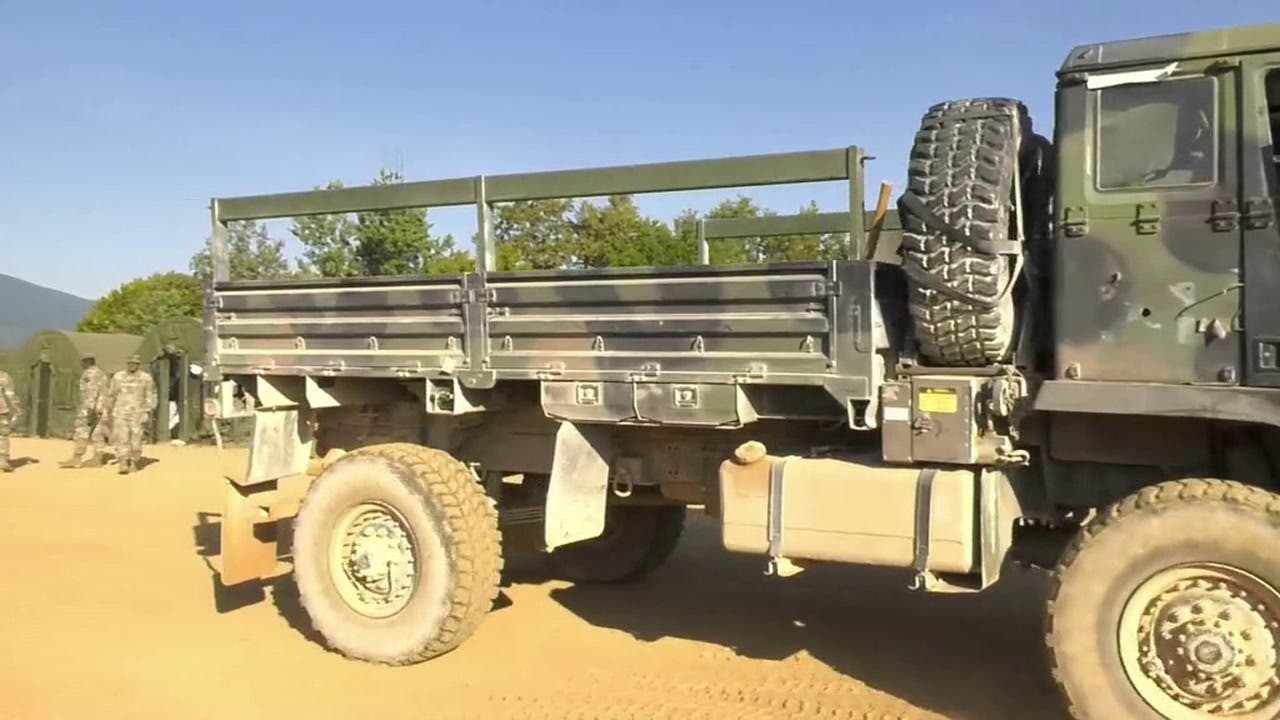You got a lot of ‘splainin’ to do!
During the past few years, I have cataloged a number of large collections for a few dealers and auctions companies. Though I have had the pleasure of examining a lot…
During the past few years, I have cataloged a number of large collections for a few dealers and auctions companies. Though I have had the pleasure of examining a lot of great military relics, one in particular stands out—not for the monetary worth it represented, but what it meant to one person in particular.
“You got a lot of ‘splainin’ to do!”
When I am describing a batch of relics for a company, I generally work through the items I know first, placing other items in a pile that require further research. There is a third pile that emerges during the process as well. This pile is something I have come to call the “Ricky Ricardo” pile. Just like Desi Arnez’s wife, Lucy, had a “lot of ‘splainin’ to do,” the relics in this pile would require just too much explanation to make them saleable.
I can’t take credit for the term, “Ricky Ricardo,” to quantify questionable material, however. That belongs to the one-time partners, Bill Combs (current president of OVMS) and Jeff Shrader (owner of Advance Guard Militaria). If you haven’t grasped the militaria-usage of the expression, allow me to demonstrate:
You are at a show looking at Third Reich M36 tunics. You stop at a dealer’s table to look at curious example. The owner steps up and starts describing what you are seeing: “See how the collar is more blue-green than bottle green? That’s because it’s Italian-made. Notice the corduroy lining? They did that because the War had stopped delivery of rayon to the factory. And those shoulder straps? Those are captured British straps—probably in Africa—and converted for use because supplies were so low of the real thing. And the pilot’s badge on it? Oh, that was an honorary award given to Army lieutenants who served as Luftwaffe cooks during the Spanish Civil War…” The dealer will go on to quantify everything from the machined button holes to the cardboard belt hooks, all in an effort to get you to believe the monstrosity is an original, German-worn tunic from WWII. It is clearly a “Ricky Ricardo” piece. “Too much ‘splainin’”
A MEDAL WITH A MESSAGE?
When I finished describing a large collection of medals more than a year ago, the pile of “Ricky Ricardo” items was small, but one medal stuck out: An Army Commendation Medal with a name impressed on the reverse (I am changing the name for this story): Raymon DeConsierra. Before I had tossed it into the Ricky Ricardo pile, I had done cursory research. Thinking it would be easy to attribute the medal with the unique name impressed on the reverse, I began my normal research process: I Googled the name.
I didn’t get many results, but a couple stood out. I found a fellow living in Georgia with the same name. A deeper investigation that included a forked attack through Google and Ancestry.com led me to discover that the fellow was currently working as a professor at a small college. A couple of deeper searches, and I located a short biography on the college’s web site. In that biography, however, I learned that the professor had had a long career in the U.S. Air Force. Well that didn’t jive with the medal I was examining—an Army Commendation Medal.
The company for which I was describing the medals insists that all of the items they list for sale have an impeccable history. While an identified U.S. Army Commendation Medal would have looked good in their catalog, there was just “too much ‘splainin’” to justify listing this medal. I set it aside in the “Ricky Ricardo” pile.
When I finished describing the batch of medals, I returned them all to the dealer for photography and eventual listing in his catalog. With those off my desk, I could then deal with the “Ricky Ricardo” items. Sometimes, when an explanation is, indeed, plausible, the item goes back to the dealer for photography and eventual listing. Though such items usually don’t rise to the level of being included in the main catalog event, these pieces often end up in show stock or on sales catalogs. If they don’t check out, however, they end up in the “tub of tears,” never to be offered for sale or disseminated into the collecting stream.
I looked over the Army Commendation Medal again. The ribbon had a crimp brooch, the style used on most U.S. medals from the 1960s—and still used today. The impressment on the reverse was consistent with the style of the mid-1960s. The medal seemed right to me, but the facts just didn’t support a positive conclusion.
Pulling my copy of The Call of Duty from my library, I flipped to the pages describing the Army Commendation Medal. The War Department established the medal on December 18, 1945, to award junior soldiers for acts of achievement or meritorious service, other than combat. Curiously—and a bit intriguingly, I might add, the medal was renamed in 1948. Referred to as the “Commendation Ribbon,” it could be awarded to members of the newly created Air Force.
“Air Force?” I thought, “There might be a connection to the Georgia professor after all!” In fact, in 1950, it was renamed again, “Commendation Ribbon with Metal Pendant,” and again, in 1960, the “Army Commendation Medal,” when the Air Force created its own version, the “Air Force Commendation Medal.” It seemed some of the ‘splainin’ was starting to make sense.
Reinvigorated with a sense that the medal was most likely correct, I wrote a “safe” description for the medal:
Vietnam Era Army Commendation Medal
Bronze planchet is machine engraved on reverse, "RAYMON / DeCONSIERRA" and is mounted on the correct ribbon. Crimp brooch is marked with diamond-GI hallmark. Not researched.
I added a note for the dealer:
Probably Lt. Colonel Raymon DeConsierra’s medal, but he served when the Air Force had its own Commendation medal—doesn’t quite add up.
There was still some ‘splainin’ to do, but enough of the facts jumped this medal from the Ricky Ricardo pile to the “other sales” pile. I sent it back to the dealer, along with a few other medals saved from eternal condemnation to the tub of tears.
ALWAYS LOOKING FOR A BARGAIN
After a couple of months, I received an email notice of a “winter sale” from the dealer. Of course, being a collector at heart, I had to check to see what pieces I might buy on the cheap. I immediately recognized the Army Commendation Medal, listed for the ridiculously low price of $20. I knew it was a border-line Ricky Ricardo piece, but something about this medal spoke to me. I clicked, “Buy it Now” and paid the bill.
Bear in mind, the collecting fraternity is a small one. Friendships go back years, even decades. Even though I bought the item from a dealer, he has also been a friend for a long, long time. He is one of those friends who likes practical jokes, something I had forgotten—that is, until my package arrived. Inside the Priority Mail box, were two slabs of plywood, nail-gunned together with about 80 brads around the perimeter. An invoice indicated his sincere wishes that the contents arrived safely and undamaged. Dang it. I knew where the medal was—it was sandwiched safely in a little pocket hollowed out between those two slabs of plywood. It was a twenty-dollar medal, and I simply did not have time to mess around with it, so the plywood sandwich was tossed on a shelf.
A couple of months passed when it finally began to warm up in Minnesota, and my urge to “work in the garage” grew. No longer possessing any desire to pull wrenches on my Volkswagens, I looked around for woodworking projects when I remembered the wood-encapsulated medal in my office. With hammer and chisel in hand, I began the process of extricating the medal. After about an hour, a lot of cursing my buddy, and a flurry of wood chips scattered over the garage floor, I freed the medal that I recognized from nearly half a year earlier.
MAKING MORE THAN “A CONNECTION”
When I returned to my office, I decided to renew my effort to research the medal. I followed my former research path that led me to the Georgia professor’s biography. There, I found his email address. I typed out a brief note:
Dear Dr. DeConsierra,
Please pardon the intrusion. I am the editor of a couple of collector magazines that deal with military relics. In the course of my work, I acquire a number of military pieces for my own collection. Every once in a while, the item might have a soldier's name on it.
This is the case of a medal I recently acquired. As you can see from the attached photos, it is a Commendation Ribbon, the back of which is impressed with the name, "Raymon DeConsierra." Having found a small biography online, I suspect that this medal had been awarded to you at some point.
If, for any reason, you would like to have it back, I would be more than happy to reunite you with the medal. On the other hand, if you don't wish to have it, I would be excited to learn the circumstances that led to its award and at least, reunite the history with the artifact.
With kind regards and respect,
I remain sincerely,
John A-G
I included my phone number, just in case he preferred to call. Within a few days, I had a message on my voice mail. It went something like this, “John. This is Ray DeConsierra. You called regarding a medal. Yes, it is mine. I would very much like to talk to you about it.” He left a phone number with the explanation, “Call after noon, as I have radiation treatments in the morning.”
I wasted no time in calling him back. I reintroduced myself when he interrupted, “I just have to know how you ended up with this medal!” The statement was not accusatory or abrupt—simply inquisitive. I explained how I process collections for various dealers. I also commented on how I thought this medal probably came from a collection purchased in Fort Worth, Texas (not the actual location, for obvious reasons!). The gravely voice on the other end of the line chuckled and said, “After I retired from the Air Force, I lived in Fort Worth prior to moving to Georgia. I suppose, the medal disappeared during that move.”
“So the medal is yours?” I interjected. Yes, Ray explained, it was, indeed, his medal, having received it in 1964. “But you were in the Air Force,” I asked, “and this is an Army medal.” Ray said, “Let me tell you about that,” and went on to describe how we had been stationed in Panama as the Air Force’s liaison to the Army stationed there. In 1964, the Army awarded Ray the Army Commendation Medal in recognition of that service—one of the few Air Force recipients!
We talked for half an hour about my work, his career and our children. Sensing he was growing tired, I said, “Well I would like to send this medal back to you.” He replied, “I would be so grateful—you don’t know what this means to me.” He then offered to pay for it. I quickly interrupted his offer, “I don’t want anyone to think I did this for the money or to make a quick sale. I will send it to you as a token of my gratitude for the service you gave the Air Force.”
A day later, I placed some red wool as backing in a small Riker mount and attached the medal and a small placard that read,
Army Commendation Medal
Award in 1964 to
U.S. Air Force Lt. Col. Raymon DeConsierra
For services rendered in Panama
For twenty bucks and the price of a Priority Mail package, I reunited a retired Air Force officer with his medal—one that had teetered on the edge of the “tub of tears” because there was just “too much ‘splainin’” to justify why an Air Force officer received an Army medal. I learned, not all “Ricky Ricardo” items are bad. Sometimes, the ‘splainin’ does make sense.
That twenty dollar medal has turned out to be my best military relic purchase of 2013—and perhaps, of my collecting career.
Happy Veterans Day,
John Adams-Graf
Editor, Military Trader and Military Vehicles Magazine
